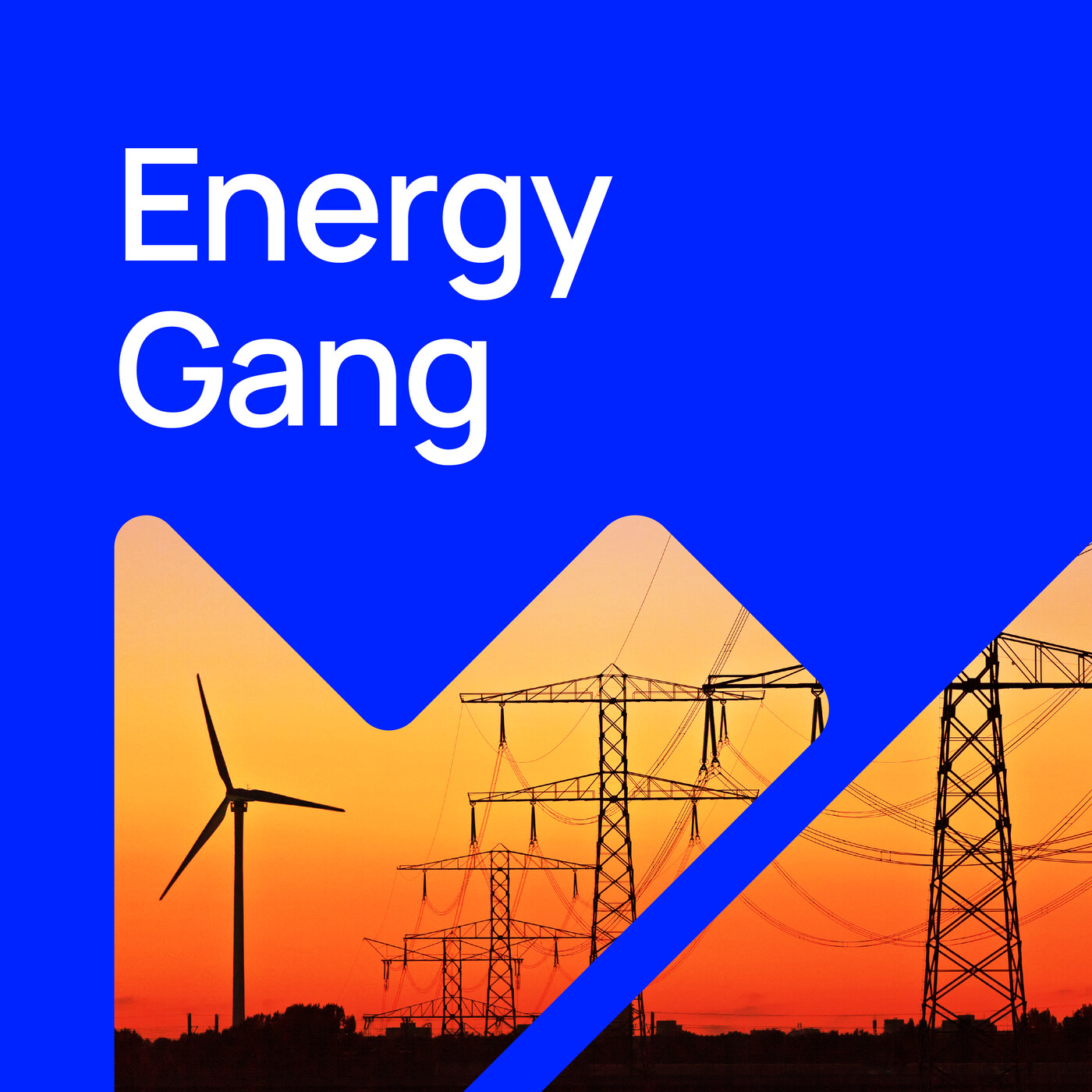Episode Details
Back to Episodes
Data centers for AI will need to embrace flexibility if our electricity system is going to cope. How can large loads support the grid?
Description
AI is adding to US electricity consumption at a pace not seen in decades. That demand growth is creating new strains on the grid in many parts of the country. But what if AI could instead help keep the system running?
Varun Sivaram is a founder & CEO of Emerald AI and a Senior Fellow at the Council on Foreign Relations. He says that far from undermining the grid, AI could actually save it. If we can enable AI data centers to provide flexibility during times peak stress, they can become a powerful ally for reliable, affordable, and clean electricity.
Earlier this year, the Energy Gang hosted a conversation with Tyler Norris of Duke University, author of an influential paper assessing the potential for large flexible loads in the US electricity system. He argued that if grid operators could ask data centers to dial back the power consumption when the system is under strain, those new facilities could get online faster without waiting for long transmission and generation upgrades. In effect, flexibility is like a fast-track pass: by allowing short reductions in consumption during peak stress, the grid can handle more demand and data centers can connect sooner.
That’s the theory. In this show we talk about how to make it a reality.
To explain how data center flexibility works, and will work in the future, Varun joins host Ed Crooks, regular guest Amy Myers Jaffe, Director of NYU’s Energy, Climate Justice and Sustainability Lab, and resident investment expert Shanu Mathew, Portfolio Manager and Research Analyst at Lazard Asset Management.
How can data center developers, operators and customers create flexible loads? Spread computing tasks across multiple sites, pause the less time-critical ones during grid stress, and use smarter software and batteries to smooth short spikes. The gang discuss early real-world tests with utilities and tech companies, and why some regions are considering rules that let them temporarily reduce power to big users rather than risk neighborhood blackouts.
Is this all hype? Some of the claims being made are running ahead of what is actually being achieved in the industry today. And even as chips get more efficient, demand for AI is growing even faster. But Varun wants to run more pilots, reward flexibility with quicker hookups, and build toward a “virtual power plant” made of data centers that can respond in milliseconds. If the irresistible force of AI development is to overcome the immovable object of power grid capacity, that is the kind of innovation that is going to be needed.
See Privacy Policy at https://art19.com/privacy and California Privacy Notice at https://art19.com/privacy#do-not-sell-my-info.